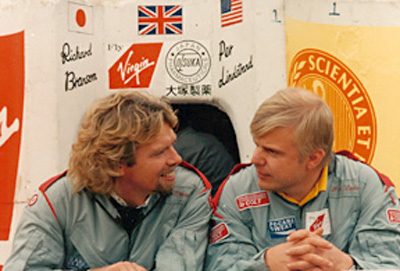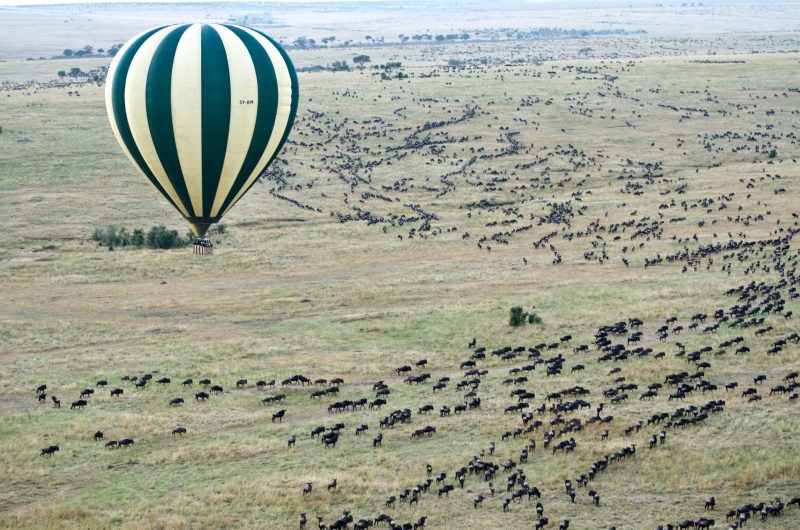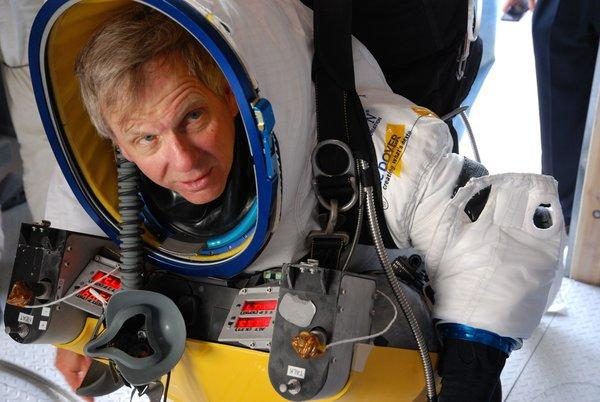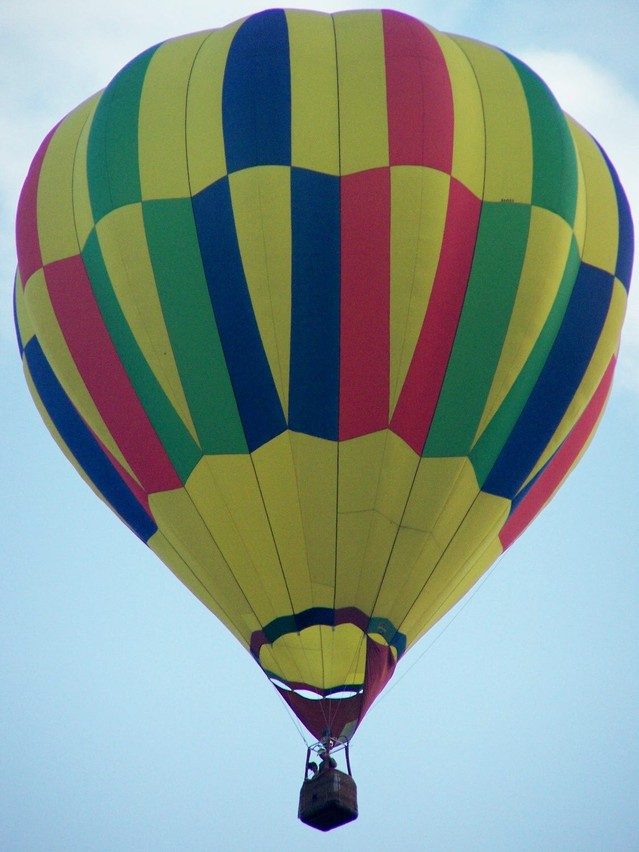Richard Branson And Hot Air Balloon
The compulsion to fly high in the distant skies was realized in Paris by two French pilots on the 21st of November 1783, when they ascended 3,000 feet in a balloon created by the Montgolfier brothers. Impressively, it entered the Guinness Book of World Records as the first manned hot air balloon flight in the history of humankind, which lasted 25 minutes over 9 km. That day marks the beginning of the first chapter of aeronautical history and aviation industry. But the ardent love for hot air ballooning as a hobby only began in the 20th century. Towards the 1980s, the media started associating the famous English industrialist Sir Richard Branson with hot air balloon. It was at the time when business at Virgin Atlantic and Virgin Records were booming that he embarked on a journey less trodden pursuing challenges of an engineering and physical nature.
Crossing Pacific Ocean
After many years of intense training to be a hot air balloon pilot, Richard Branson went through a harrowing experience during the tail end of the trans-Atlantic ballooning in his pursuit to break the world record. It was an unforgettable ordeal that he swore off, but the bug hit him again almost immediately after that. Despite the messy balloon flight that would have cost him his dear life, he refused to budge. After arriving home from the hospital, Branson’s restless thoughts soon turned to other conquerable adventures.
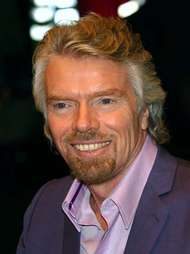
After arriving home from the hospital, Branson’s restless thoughts soon turned to other conquerable adventures Source Credit: Britannica
The great crew of Per Lindstrand and Richard Branson paired up again to cross the Pacific Ocean in a hot air balloon. In 1991, they traveled from Japan to Canada at a speed of 245 mph covering a distance of 6,700 miles. The pair broke the world record the second time when they became the first to cross the Pacific Ocean using a hot air balloon. The daring balloonists broke this remarkable world distance record for cruising the Pacific Ocean in 47 hours. Four years after that, Steve Fossett became the first person to complete the Transpacific hot air balloon route by himself, traveling for 4 days from Korea to Canada.
Hazardous but lucky
Branson made four more attempts over the next 7 years at achieving the most challenging ballooning ever. However, every single time he failed miserably but in spectacular style surrounded by the public. The trip with the American millionaire Steve Fossett and Lindstrand was an unmitigated disaster. In their unrelenting eagerness to beat the distance records, they fell out of the jet stream and landed in Hawaii. It was by a sheer miracle that they found their way and flew across to the Canadian Arctic, the final destination. The world-famous aviators were indeed lucky to have bolted with their precious lives. Ultimately, the group broke the world records for balloon flight speed, distance, and duration.
Meeting peculiar accidents
At one time Richard Branson, Steve Fossett, and Per Lindstrand crash-landed in the Sahara. A warlord in Algeria took them as hostages, which Branson described was a luxurious kidnapping. Another occasion found the expedition team accidentally crossing the Himalayan mountains near the Chinese border. As they came out of the other side, they encountered shooting threats from the Chinese Air Force. It took a few frantic calls on a state level from Branson’s secretary to sort out that debacle. This time Richard Branson was fortunate enough to have escaped from it against all probabilities. It was by far his luckiest outcome out of all the other treacherous expeditions ventured out until then.
Brand publicity stunts
Branson’s numerous adventures have raised the brand recognition and profile of the Virgin Group. The business tycoon recognizes it too that his boating, ballooning and other world records have made Virgin a global brand. These scenes and others illustrate Branson’s drive to do things humans have never done and participated in before. It is always virtuous to muster courage in death and failure to implement new inspiring ideas. That kind of swagger in itself is positive that never fails to bring a fresh zest to the purpose of life. But Richard Branson being him, likes to take chances neglecting to take the necessary steps to mitigate potential risks. Hence, the media and the press have criticized these extreme bravados as mere publicity stunts. He denied that he did them for any reason other than pure curiosity and joy at the challenge.
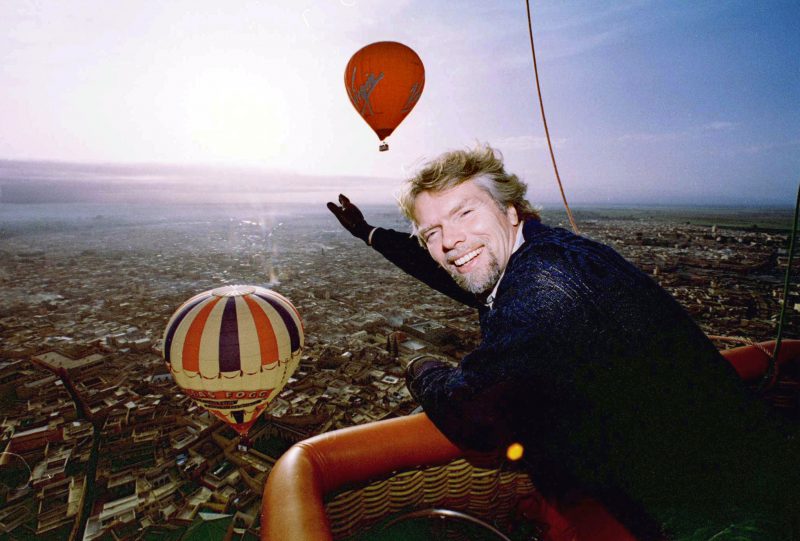
British multi-millionaire Richard Branson points at other hot air balloons flying over the city of Marrakesh January 18. Branson plans to do a round-the-world trip in the Virgin Global Challenger along with Swedish Per Lindstrand and Rory McCarthy. The balloon’s cabin will be sealed and pressurised to enable the crew to drift in the jet-stream at an altitude of 10.000 meters Source Credit: Business Insider
Boldly moving on
With two ballooning firsts across the earth’s oceans, breaking the record in circumnavigating the world in a hot air balloon became Branson’s next shiny passion for pursuing. But he gave up this pursuit because Bertrand Piccard and the British balloonist Brian Jones took the honours in March of 1999. Sir Richard Branson has set world records so far not only in ballooning but also in three other modes of transport. They are boating, kite surfing, and amphibious vehicle, each one of its kinds in their ways. For Branson, not all of his adventures are equal as each time was a different experience.
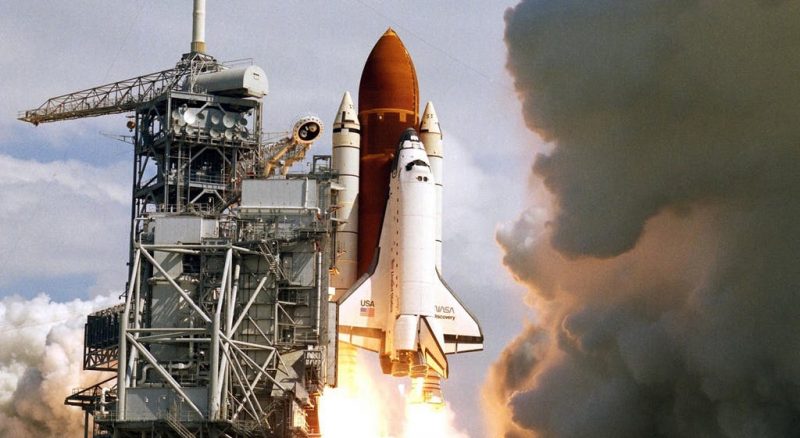
Challenger Disaster Source Credit: National Geographic
Spacing it out
The CEO of the company who owns an international airline also plans to head into space. But astronauts spend years in training before being considered for a space mission. They are run through every piece of equipment and memorize every contingency plan. They have a complete knowledge of what they can do to keep safe should problems arise and how their spacecraft works. The tragedy of 1986 shows that spaceflight cannot be rushed for the sake of excitement because the consequences can be fatal. So, there is way too much work to attend to for Branson before he makes it there and conquers the other world.
The fascination with hot air balloons continues, even without the publicity by the likes of Lindstrand and Branson in their constant chase of world records. Soaring in the heavens at extreme heights and going where the wind blows has never been so appealing.
5 Frequently Asked Questions About Richard Branson And Hot Air Balloon
To book a balloon safari, please fill out the following form or simply email us on safaris@safari-center.com

